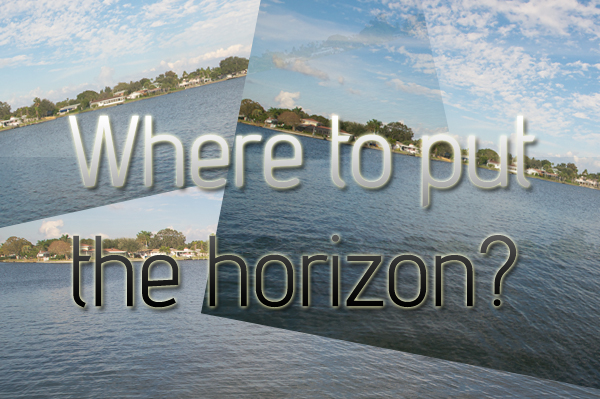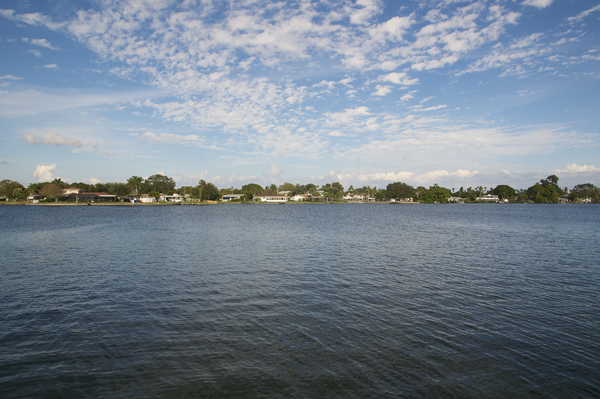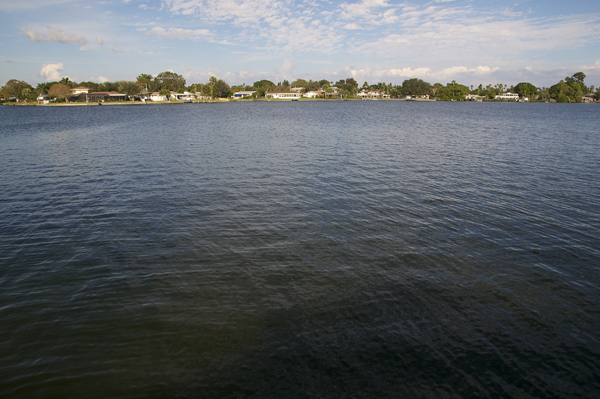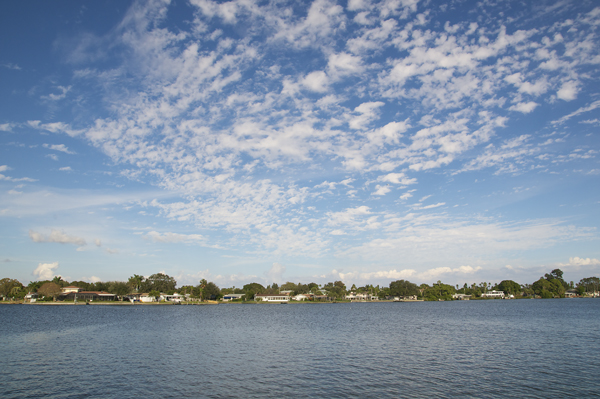
Many of my hundreds of photography students start out always centering the subject in the frame during our first lessons. That is understandable as they are busy learning my 5-step process for making a well exposed and sharp photograph in any given shooting situation. Once the technical apsects of photography take up less of the process of making a photo, then one can begin to focus on being creative, and the first step in that is composition.
The rule of thirds is a good way to start getting more appealing composition, but I like to think in two dimensions with the rule of thirds as well. By that I mean putting a major feature of my subject in a vertical thid and a horizontal third. In the above example of a model at the Dali Museum, the upper third and left third interset right by the model's face. Then the lower third and left third intersect by her hand and the melting clock. There is still a good amount of negative space in the frame, but that is put to the far upper and left parts of the photo. I would not want a lot of negative space on both sides of the subject (as in if I had centered her with no focal points other than along the midpoint of the photograph).
So the next time you go out shooting, especially a portrait, try putting a major subject focal point at a third and a third in the frame.
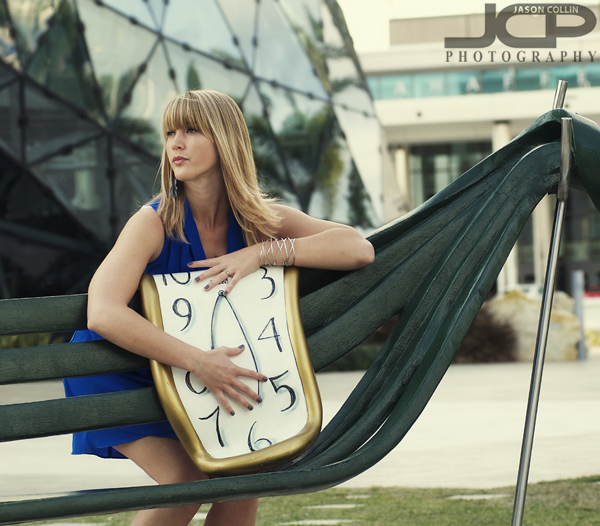 The final version of the photo putting a major focal point at a third and a third
The final version of the photo putting a major focal point at a third and a third

